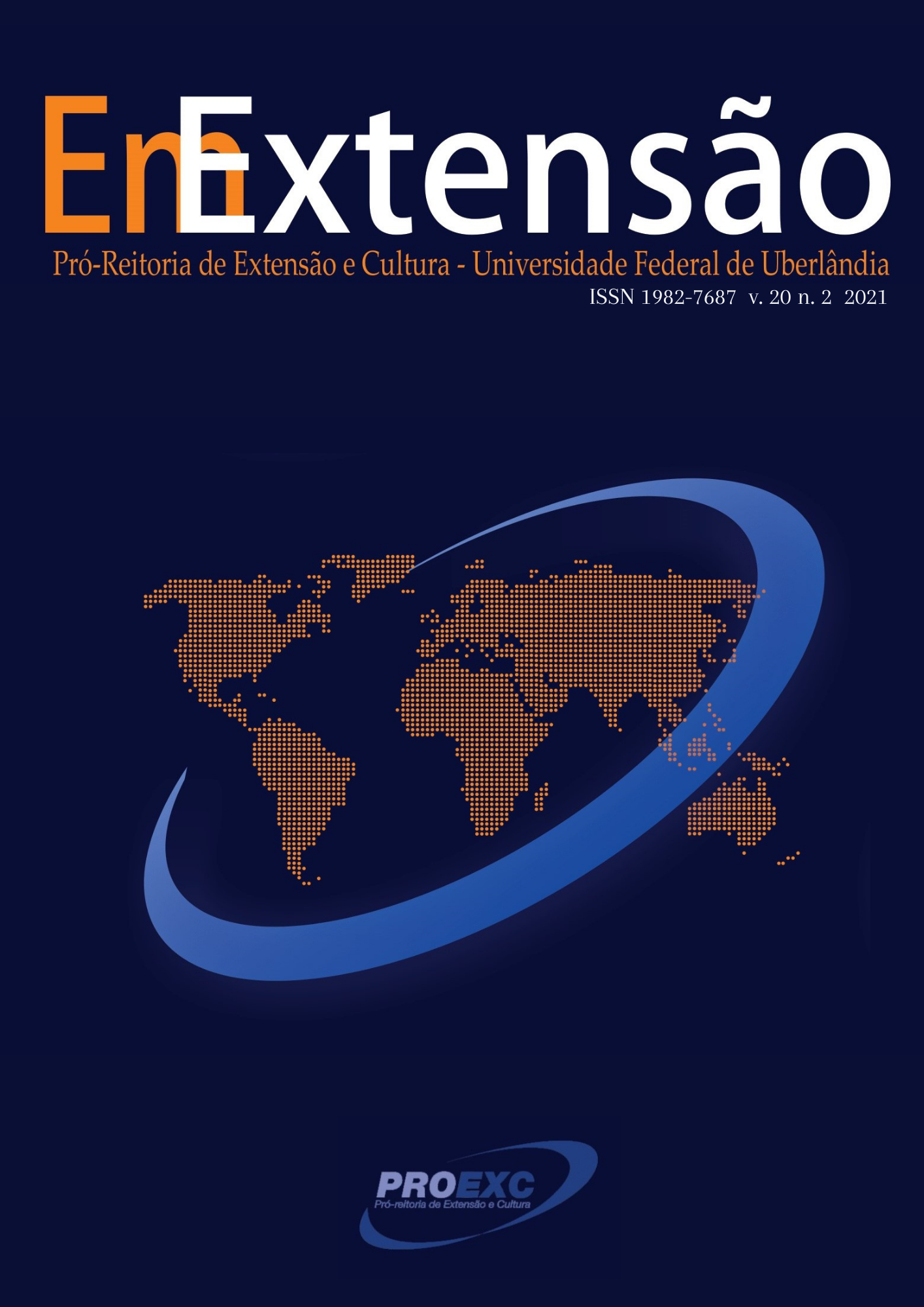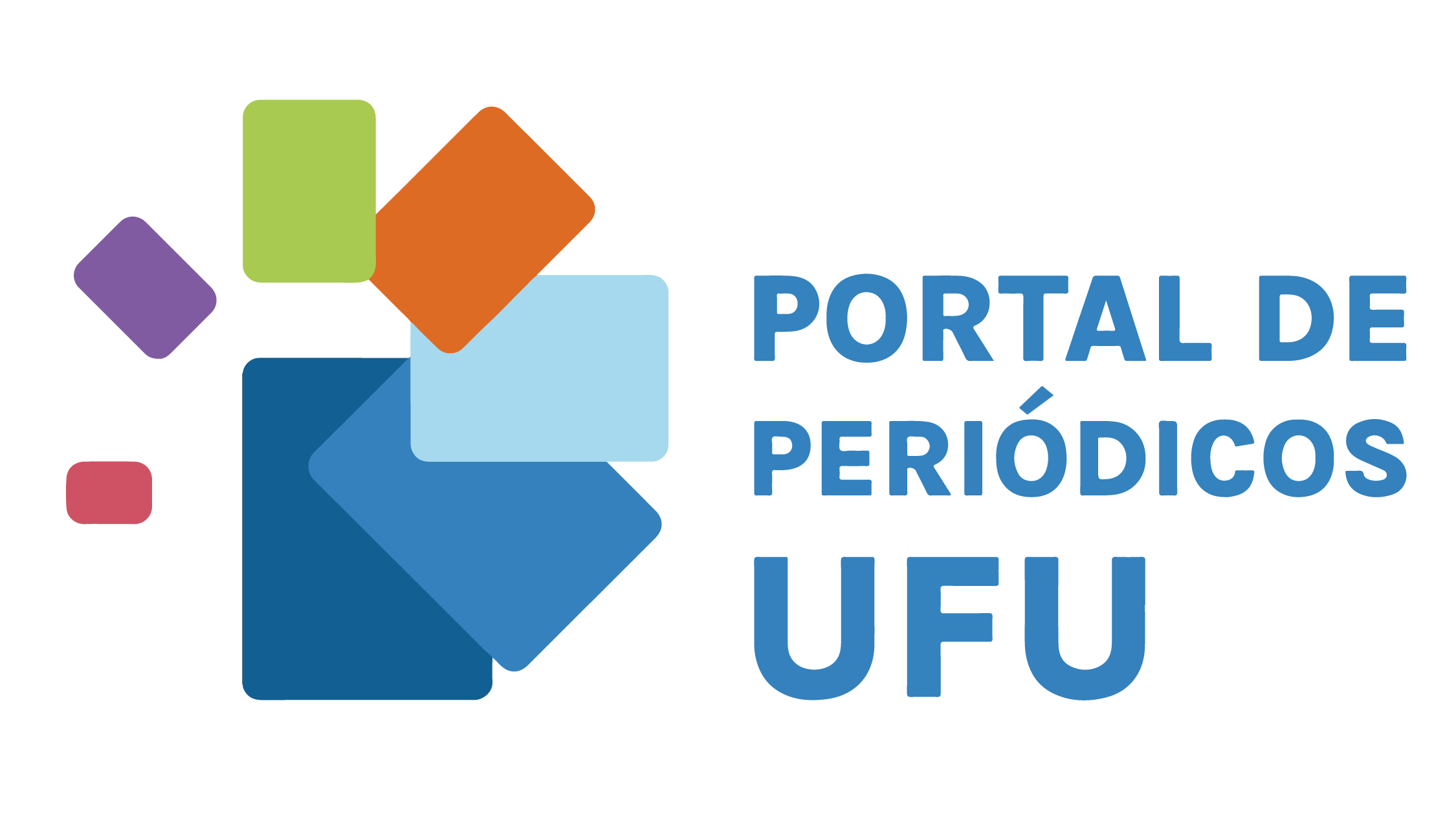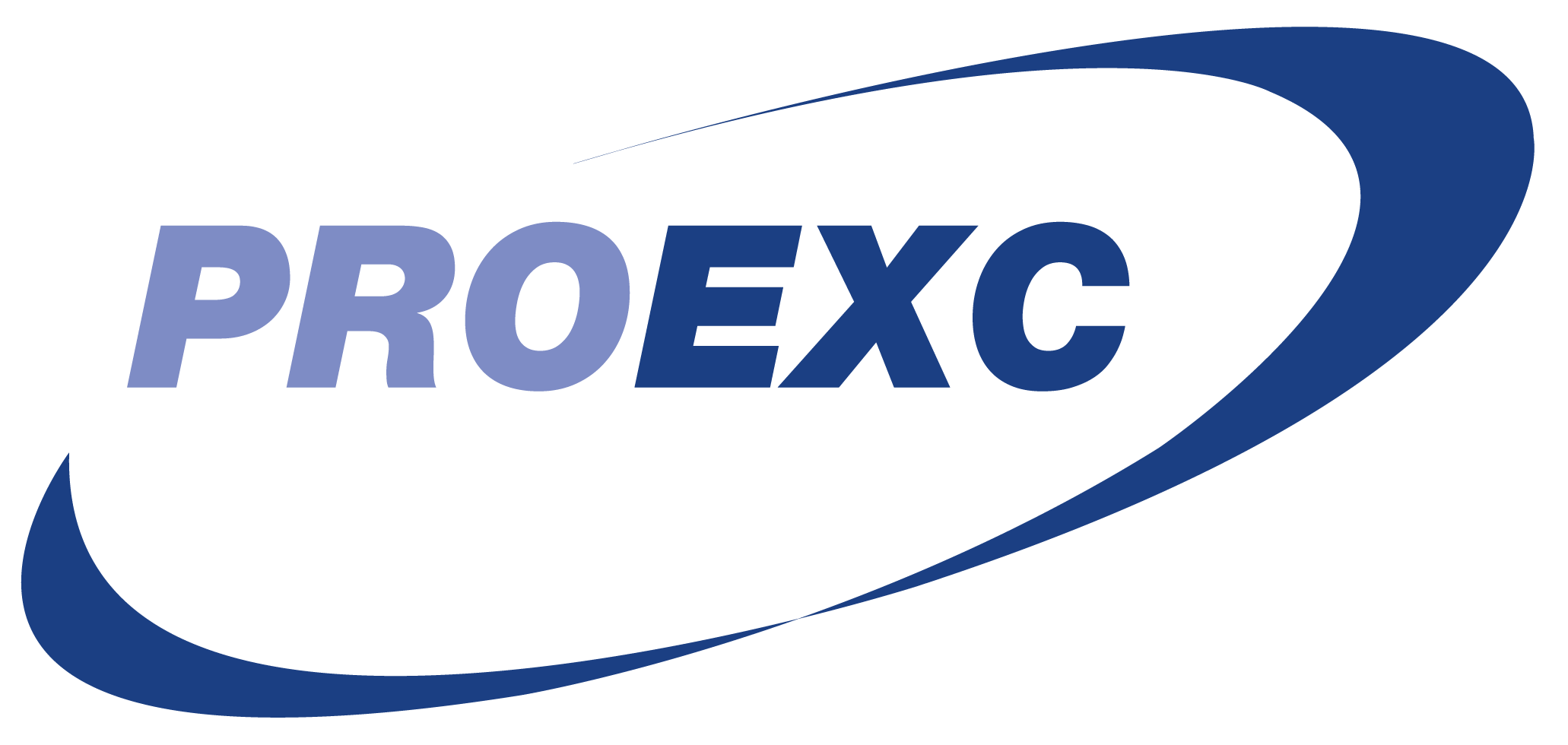Aproveitamento integral dos alimentos em uma Unidade de Atenção Primária à Saúde na cidade de Juiz de Fora
relato de experiência
DOI:
https://doi.org/10.14393/REE-v20n22021-60423Palabras clave:
Aproveitamento integral dos alimentos, Educação alimentar e nutricional, Atenção Primária à Saúde, CulináriaResumen
O nutricionista é responsável pela realização de ações de educação alimentar e nutricional, as quais podem ser utilizadas para o desenvolvimento de ações de promoção à saúde na Atenção Primária. No Brasil, toneladas de alimentos são descartadas ao ano. A aplicação do aproveitamento integral dos alimentos é potencialmente benéfica na redução desse desperdício por se tratar de uma estratégia que estimula a utilização de todas as partes comestíveis dos alimentos. Trata-se de um relato de experiência, vivenciado no projeto de extensão realizado em uma Unidade de Atenção Primária à Saúde na cidade de Juiz de Fora-MG. Foi realizado por meio de participação ativa, com os objetivos de elucidação sobre o conceito, os benefícios e a aplicação do aproveitamento integral dos alimentos na prática culinária diária. As ações executadas tiveram boa repercussão, possibilitando participação e entendimento acerca dos objetivos propostos. Conclui-se que o aproveitamento integral dos alimentos é uma estratégia que proporciona benefícios para o indivíduo e coletividades. Porém, é ainda pouco difundida e incentivada para a população, necessitando de maiores ações nas unidades de Atenção Primária à Saúde.
Descargas
Referencias
BARRETO, A. C. O. et al. Percepção da equipe multiprofissional da Atenção Primária sobre educação em saúde. Revista Brasileira de Enfermagem, Brasília, v. 72, p. 266-273, 2019. Doi: 10.1590/0034-7167-2017-0702. Disponível em: https://www.scielo.br/j/reben/a/9VjrMMcnrxDBrjK5rdt9qXk/?lang=en. Acesso em: 29 jan. 2021.
BELIK, W. Capítulo 1: Estratégias para redução de perdas e desperdício de alimentos. In: MELO, E. V. Perdas e desperdício de alimentos: estratégias para redução. Brasília: Edições Câmara, 2018, p. 38. (Cadernos de Trabalhos e Debates; 3). Disponível em: https://www2.camara.leg.br/a-camara/estruturaadm/altosestudos/pdf/perdas-e-desperdicio-de-alimentos-no-brasil-estrategias-para-reducao. Acesso em: 29 jan. 2021.
BORTOLINI, G. A. et al. Ações de alimentação e nutrição na atenção primária à saúde no Brasil. Revista Panamericana de Salud Pública, Washington, v. 44, n. 8, 2020. Doi: 10.26633/RPSP.2020.39. Disponível em: https://scielosp.org/article/rpsp/2020.v44/e39/. Acesso em: 29 jan. 2021.
BRASIL. Ministério do Desenvolvimento Social. Secretaria Nacional de Segurança Alimentar e Nutricional. Princípios e Práticas para Educação Alimentar e Nutricional. Brasília, 2018. Disponível em: https://www.mds.gov.br/webarquivos/arquivo/seguranca_alimentar/caisan/Publicacao/Educacao_Alimentar_Nutricional/21_Principios_Praticas_para_EAN.pdf. Acesso em: 29 jan. 2021.
BRASIL. Ministério do Meio Ambiente. Secretaria de Qualidade Ambiental. Plano Nacional de Resíduos Sólidos. Brasília, 2020. Disponível em: http://consultaspublicas.mma.gov.br/planares/wp-content/uploads/2020/07/Plano-Nacional-de-Res%C3%ADduos-S%C3%B3lidos-Consulta-P%C3%BAblica.pdf. Acesso em: 29 jan. 2021.
BRASIL. Ministério da Saúde. Secretaria de Atenção à Saúde. Departamento de Atenção Básica. Guia alimentar para a população brasileira. 2. ed. Brasília: Ministério da Saúde, 2014. Disponível em: https://bvsms.saude.gov.br/bvs/publicacoes/guia_alimentar_populacao_brasileira_2ed.pdf. Acesso em: 29 jan. 2021.
EMBRAPA. Intercâmbio Brasil-União Europeia sobre desperdício de alimentos: relatório final. Brasília, DF, 2018. Disponível em: https://www.infoteca.cnptia.embrapa.br/infoteca/handle/doc/1105525. Acesso em: 18 jan. 2021.
FOOD AND AGRICULTURE ORGANIZATION OF THE UNITED NATIONS - FAO. Food wastage footprint: impacts on natural resources. 2013. Disponível em: http://www.fao.org/3/i3347e/i3347e.pdf. Acesso em: 20 jan. 2021.
FERREIRA, T. A. et al. Whole foods and reuse of food: knowing the practices Diamantina, Minas Gerais, Brazil. Research, Society and Development, Vargem Grande Paulista, v. 9, n. 7, 2020. Doi: 10.33448/rsd-v9i7.3757. Disponível em: https://rsdjournal.org/index.php/rsd/article/view/3757. Acesso em: 29 jan. 2021.
FRANÇA, C. J.; CARVALHO, V. C. H. S. Estratégias de educação alimentar e nutricional na Atenção Primária à Saúde: uma revisão de literatura. Saúde em Debate, Rio de Janeiro, v. 41, n. 114, p. 932-948, 2017. Doi: 10.1590/0103-1104201711421. Disponível em: https://www.scielo.br/j/sdeb/a/zcPb36wCbgPrYxRZrkycCQk/?lang=pt. Acesso em: 20 jan. 2021.
HEGNSHOLT, E. et al. Tackling the 1.6-Billion-ton food loss and waste crisis. The Boston Consulting Group, Genebra, 20 de agosto de 2018. Disponível em: https://www.bcg.com/pt-br/publications/2018/tackling-1.6-billion-ton-food-loss-and-waste-crisis.aspx. Acesso em: 18 jan. 2021.
LÔBO, C. R.; CAVALCANTI, F. A. G. S. Aproveitamento integral de alimentos: implantação da prática em uma oficina. Nutrição Brasil, São Paulo, v. 16, n. 4, p. 236-242, 2017. Doi: 10.33233/nb.v16i4.1276. Disponível em: https://convergenceseditorial.com.br/index.php/nutricaobrasil/article/view/1276. Acesso em: 18 jan. 2021.
OLIVEIRA, I. A.; CORGA, J. G. M.; GONÇALVES, E. C. B. A. Possibilidades para um novo olhar sobre a educação alimentar e nutricional em espaços coletivos. Raízes e Rumos, Rio de Janeiro, v. 8, n. 2, p. 58-79, 2020. Disponível em: http://www.seer.unirio.br/raizeserumos/article/view/10243. Acesso em: 29 jan. 2021.
PEREZ, P. M. P.; GERMANI, R. Farinha mista de trigo e berinjela: características físicas e químicas. B.CEPPA, Curitiba, v. 22, n. 1, p. 15-24, 2004. Disponível em: https://ainfo.cnptia.embrapa.br/digital/bitstream/item/82895/1/2004-001.pdf. Acesso em: 20 jan. 2021.
PORPINO, G. Quais os porquês do desperdício de alimentos entre consumidores?: compreendendo o comportamento do consumidor para delinear soluções. In: ZARO, M. (org.). Desperdício de alimentos: velhos hábitos, novos desafios. Caxias do Sul: EdUCS, 2018. p. 85-113. Disponível em: https://www.ucs.br/site/midia/arquivos/e-book-desperdicio-de-alimentos-velhos-habitos.pdf. Acesso em: 20 jan. 2021.
ROCHA, S. A. et al. Fibras e lipídios em alimentos vegetais oriundos do cultivo orgânico e convencional. Simbio-Logias, Botucatu, v. 1, n. 2, p. 1-9, 2008. Disponível em: https://www.ibb.unesp.br/Home/ensino/departamentos/educacao/fibras_lipidios_alimentos_vegetais_oriundos.pdf. Acesso em: 29 jan. 2021.
RODRIGUES, P. Site incentiva consumo consciente de hortaliças para evitar o desperdício. Embrapa, Brasília, DF, 9 de outubro de 2017. Disponível em: https://www.embrapa.br/busca-de-noticias/-/noticia/28873082/site-incentiva-consumo-consciente-de-hortalicas-para-evitar-o-desperdicio. Acesso em: 18 jan. 2021.
RUVIARO, L. et al. Análise sensorial de sobremesa acrescida a farelo de casca e bagaço de laranja entre universitários de Guarapuava-PR. Salus, Guarapuava, v. 2, n. 2, p. 41-50, 2008. Disponível em: https://revistas.unicentro.br/index.php/salus/article/view/880. Acesso em: 29 jan. 2021.
MESA BRASIL. Banco de alimentos e colheita urbana: aproveitamento integral dos alimentos. Rio de Janeiro: SESC, 2003. (Mesa Brasil SESCSegurança Alimentar e Nutricional). Disponível em: https://mesabrasil.sescsp.org.br/media/1016/receitas_n2.pdf. Acesso em: 19 jan. 2021.
SILVA, E. B.; SILVA, E. S. Aproveitamento integral de alimentos: avaliação sensorial de bolos com coprodutos da abóbora (Cucurbita moschata, L.). Revista Verde de Agroecologia e Desenvolvimento Sustentável, Pombal, v. 7, n. 5, p. 29, 2012. Disponível em: https://www.gvaa.com.br/revista/index.php/RVADS/article/view/1781. Acesso em: 18 jan. 2021.
SOARES, A. G.; FREIRE JÚNIOR, M. F. Perdas de frutas e hortaliças relacionadas às etapas de colheita, transporte e armazenamento. In: ZARO, M. Desperdício de alimentos: velhos hábitos, novos desafios. Caxias do Sul, RS: EdUCS, 2018. p. 21-37. Disponível em: https://www.ucs.br/site/midia/arquivos/e-book-desperdicio-de-alimentos-velhos-habitos.pdf. Acesso em: 18 jan. 2021.
Descargas
Publicado
Número
Sección
Licencia
Derechos de autor 2022 Leticia Santana da Silva , Ana Lívia de Oliveira

Esta obra está bajo una licencia internacional Creative Commons Atribución-NoComercial-SinDerivadas 4.0.
Ao publicarem nesta revista, os autores concordam em manter os direitos autorais e concedem à revista o direito de primeira publicação, com o trabalho simultaneamente licenciado sob a licença Creative Commons Atribuição-NãoComercial-SemDerivações 4.0 Internacional.





